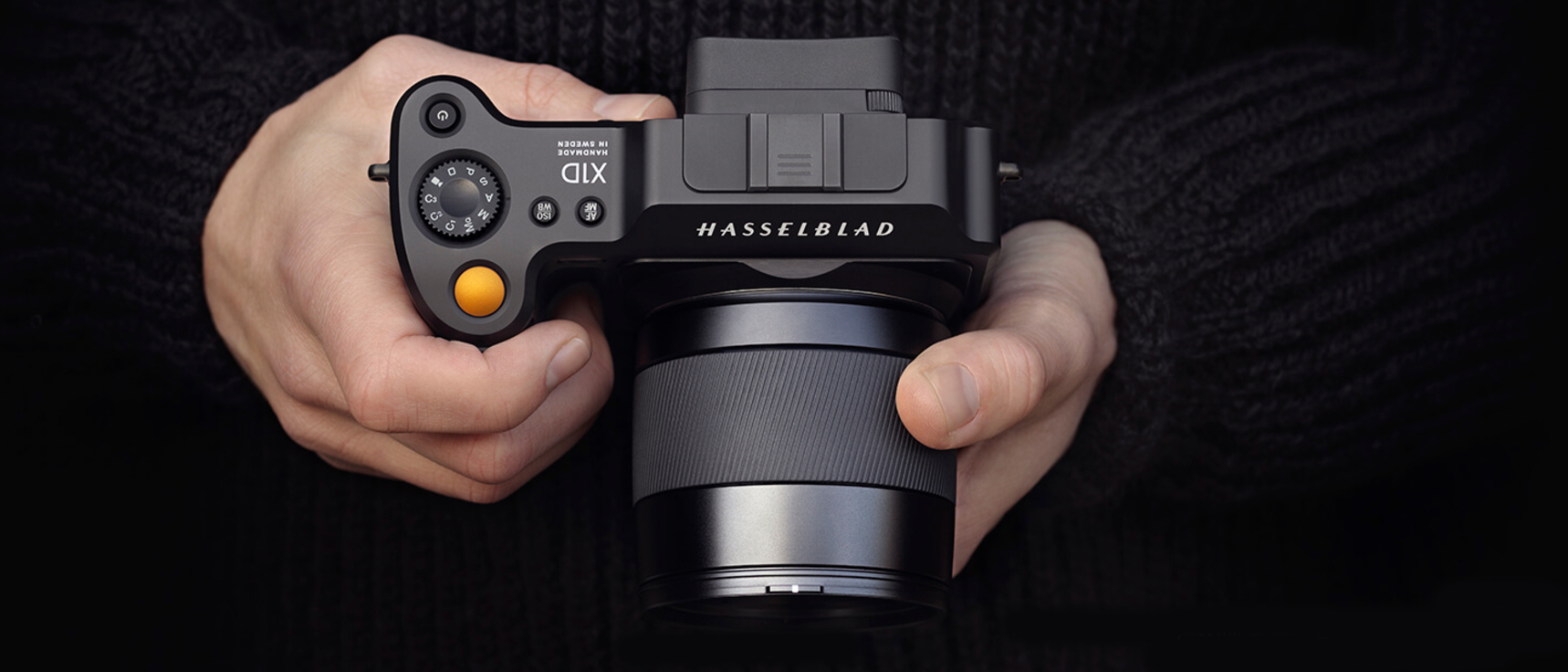Why you can trust TechRadar
Performance
- 1.7-2.3fps burst shooting
- Contrast-detect autofocus
- No image stabilization
It should be no surprise to discover that the Hasselblad X1D lacks the speed of a smaller-format DSLR or mirrorless camera, but it’s still pretty snappy. The start-up time is disappointing, admittedly, taking a few seconds, but the autofocus response isn’t bad at all. It does sometimes hunt around a little, or even fail to focus completely in low light, but it feels no worse than early mirrorless cameras or some Nikon DSLRs in Live View mode, for example.
This is not a camera for shoot-from-the-hip grab shots. Instead, it’s a tool for more thoughtful, considered photography. You can still shoot relatively quickly, but the more you rush it, the more frustrated you’re likely to become – and the more you risk losing a little of the amazing image quality this camera is capable of capturing.

The exposure system seems geared towards highlight preservation, which is ideal in a camera of this class. You can bring out shadow detail easily enough in post-processing, but you don’t want to take any chances with highlight detail. The auto white balance system did a good job in our tests, and while the X1D didn’t do especially well in our color rendition lab tests, the real-world results looked good, if a little undersaturated.

The point here is that the X1D is designed for raw imaging, and users will modify the exposure and color settings to their own tastes during processing – our test figures indicate the default conversion settings only.
In short, the X1D delivers spectacular results, but it demands a fraction more care and time than the average camera.
Image quality
- ISO100-25,600
- Built-in low-pass filter
- 8272 × 6200 pixels
It’s not just the megapixels, but the extraordinary clarity and precision of each one of them. Hasselblad says its XCD lenses are optimised to get the best results from its sensor, and on the basis of the 90mm and 45mm lenses we tested, it’s certainly done that.
The X1D’s non-anti-aliased sensor gave our resolution test chart some issues with moiré, but our real-world images look razor-sharp, even right to the edges of the frame.

The lenses undoubtedly play a part in this, and having used both the 45mm and 90mm at a range of apertures, we’d have no hesitation in using both of them wide-open – the contrast and edge-to-edge sharpness are almost undiminished, even at full aperture, and this will also emphasise that wonderful spatial depth, or shallow depth of field, that you get from the larger sensor.

There’s another reason to use wider apertures. Neither the camera body nor the lenses have stabilization systems, so if you’re shooting handheld it’s wise to keep the shutter speeds well above the minimum ‘safe’ levels, otherwise you risk losing the edge off that spectacular detail rendition.
Current page: Performance and image quality
Prev Page Build and handling Next Page Verdict and competition
Rod is an independent photographer and photography journalist with more than 30 years' experience. He's previously worked as Head of Testing for Future’s photography magazines, including Digital Camera, N-Photo, PhotoPlus, Professional Photography, Photography Week and Practical Photoshop, and as Reviews Editor on Digital Camera World.
